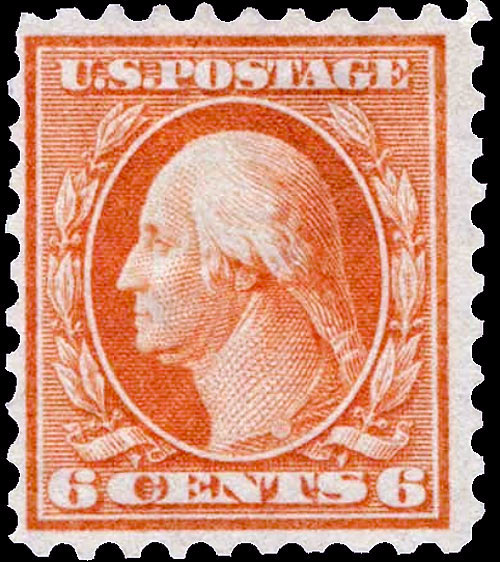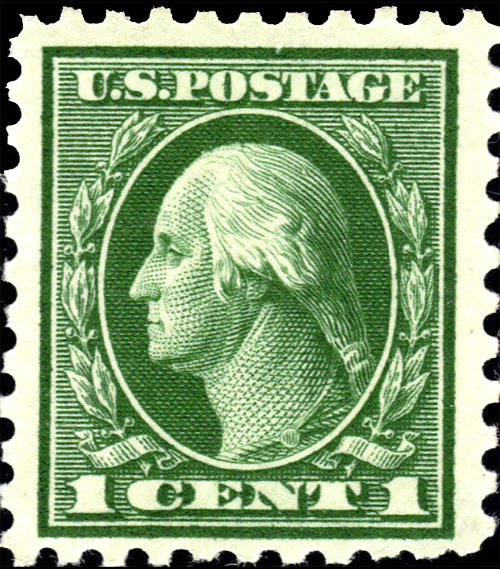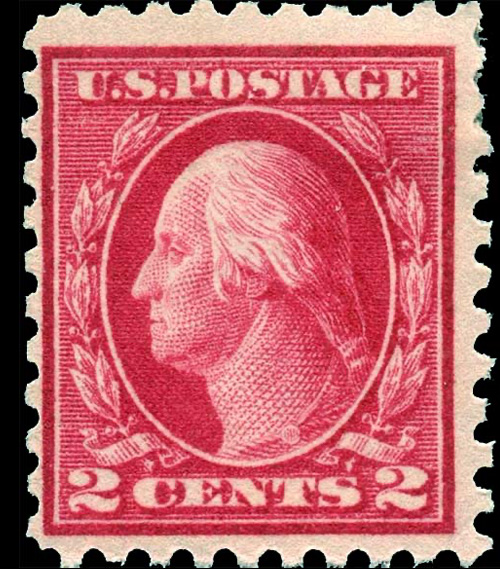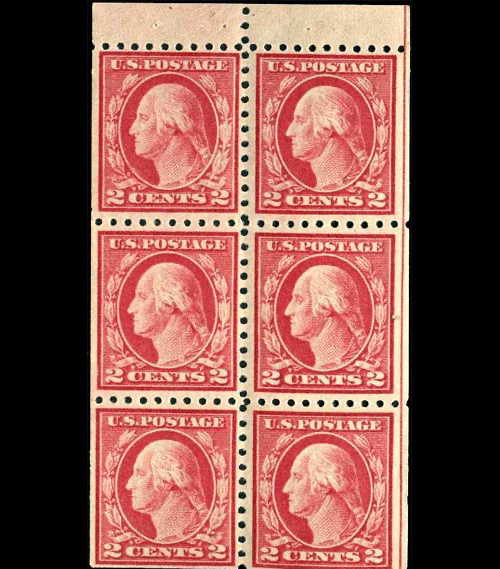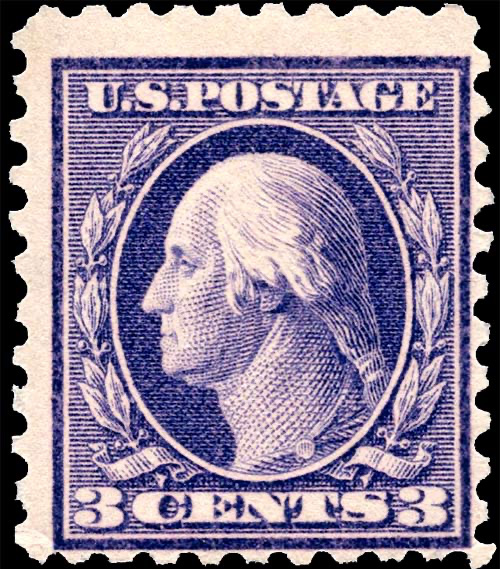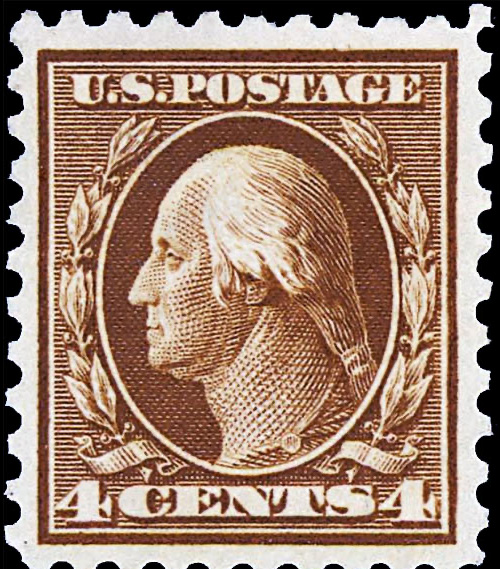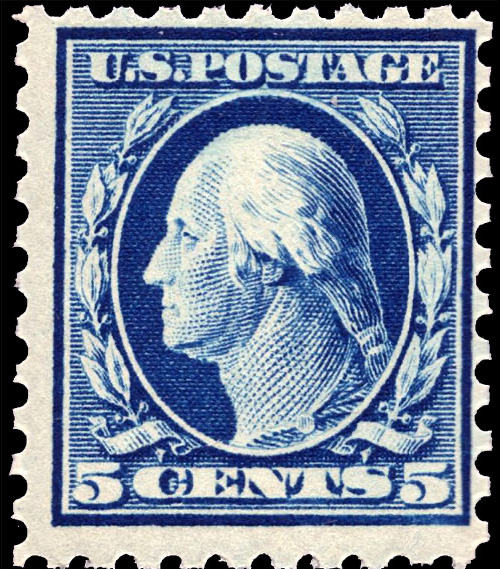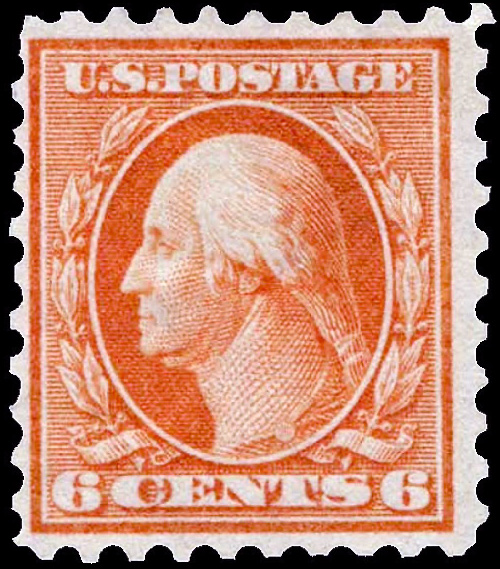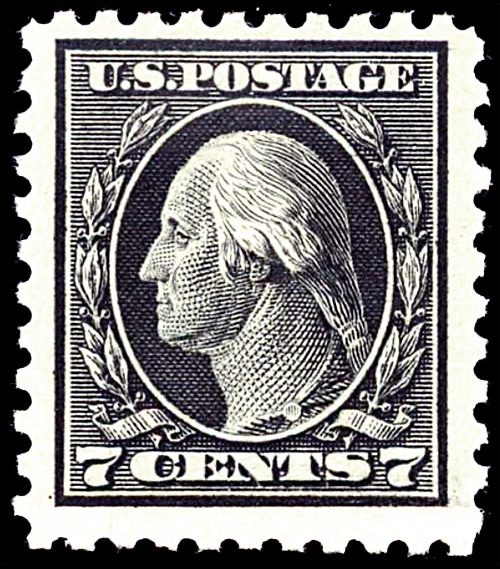Basic Info
6¢ light yellow, pale red orange, red orange, deep red orange.
Subject: George Washington
Number issued: 159,000,000
Printing Method: Flat Plate
Perforations: 10
Watermark: Single Line USPS
Scott #: 429
Issued: September 28th, 1914
Value
Used
$1 - $2
No postmark with gum (MH)
$11 - $40
Full perfect gum, no postmark
no trace of stamp hinge mark (MNH)
$50 - $80
Plate Numbers
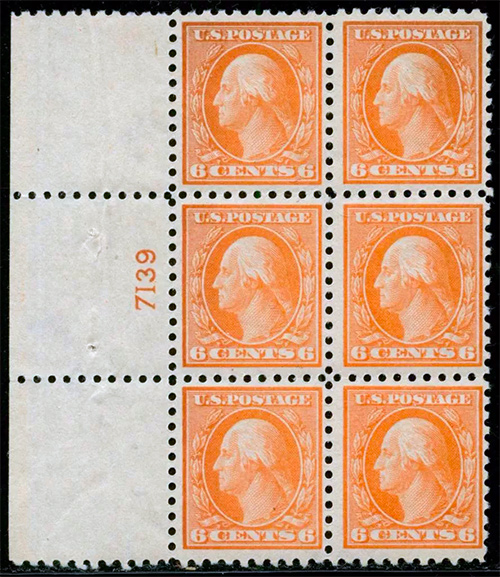
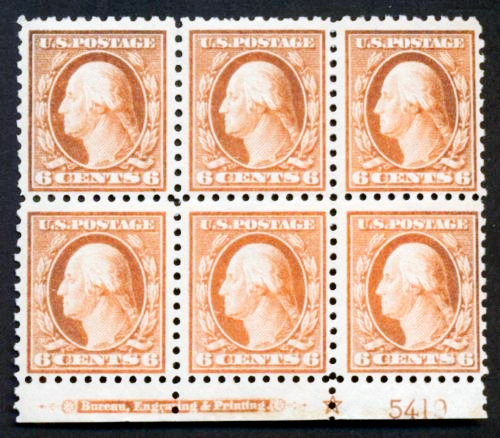
#429 was issued with the following plate #'s
Number Only
7136-39
Number and imprint and star
5203-15, 22, 31
5419-23, 25, 30
The Watermark
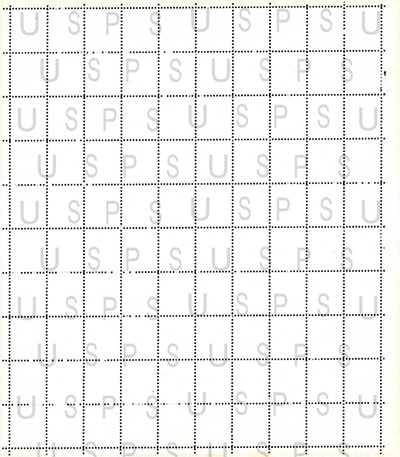
The watermark consists of single lined USPS letters. A stamp may show only part of a letter or letters
Postal Scenes of 1914
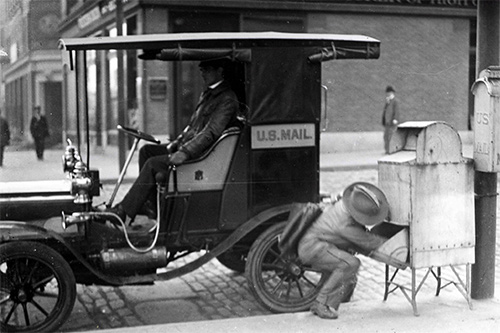
Collecting mail in 1914
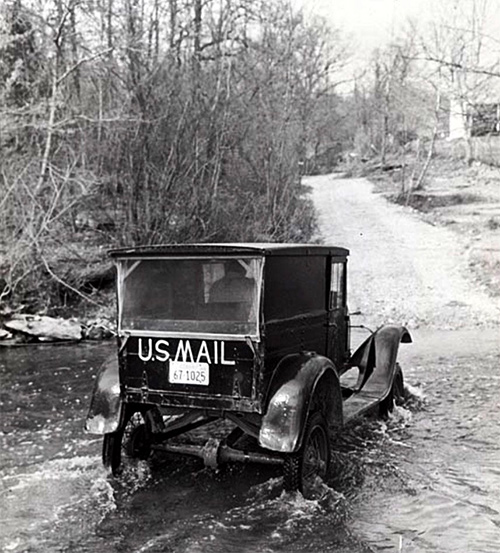
Mail truck, 1914
A new perforation
This stamp was the only denomination perforated ten printed from the star plates and is, therefore, the only one with a spacing variety. A short time before the change to unwatermarked paper new plates were made with a standard. spacing of 2.75 mm between the stamps and bearing only a number. As the wider spaced blocks are more numerous on the star plates and as the stamps from the new plates are classified with the 3mm spacings, the narrower spaced blocks are more difficult to obtain.
Useage
It was used especially for paying letter postage on letters weighing over two ounces.
A Proof Sheet
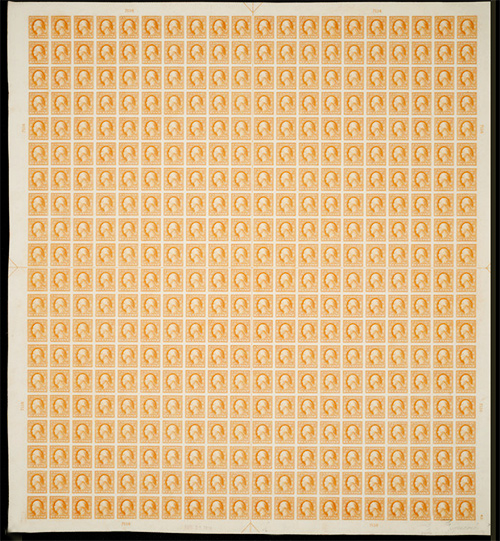
A proof sheet of 400 #429
Flat Plate?

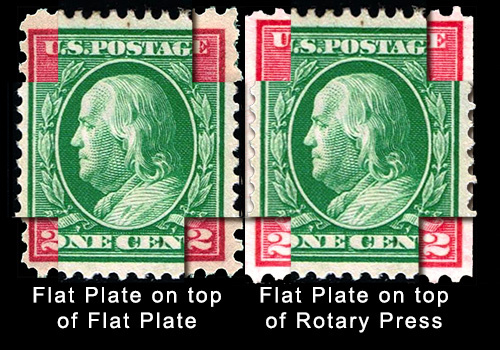
As the curved plates of the Rotary press made the stamps slightly larger it is relatively easy to discern which stamp is flat plate and which is a rotary press stamp. First select any perf Washington Franklin stamp or the first issue Washington Franklin 1 cent or 2 cent. These are the stamps with the numbers one and two spelt out, instead of numbers being displayed. I chose the latter alternative as shown in the first image above.
Then cut out squares at each corner. As shown in the second image above. Placing the stamp you wish to test under your cut out stamp you can see if the frame lines match. If, as in the last image shown above the frame lines are outside the top stamp in either the top, bottom or sides then you have a rotary stamp. If the lines are in the same place, as shown in the third image, you have a flat plate stamp.
This test works with any value stamp.
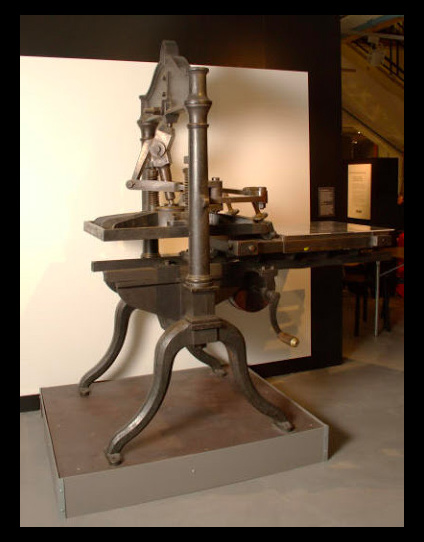
The flat plate press
